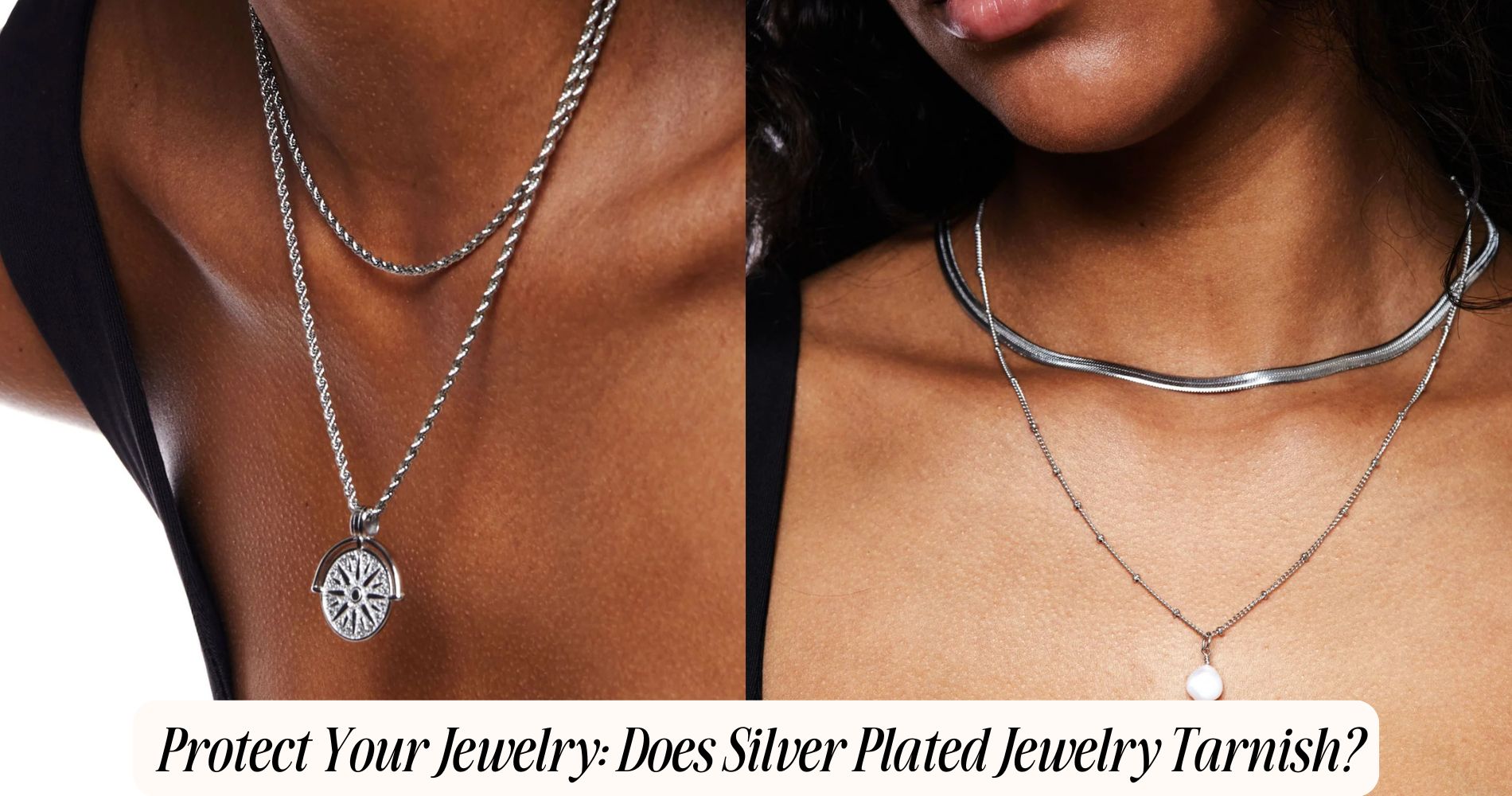
Protect Your Jewelry: Does Silver Plated Jewelry Tarnish?
Does silver plated jewelry tarnish? Yes, it does. Over time, the thin layer of silver on plated pieces reacts with sulfur and oxygen in the air, leading to oxidation and the buildup of silver sulfide. This results in a gradual loss of shine, discoloration, and even black spots—especially in detailed areas. To slow this process, proper storage and regular cleaning are key. If you frequently wear silver accessories, like those in our Everyday Silver Necklace collection, knowing how to care for them will help maintain their bright, polished look.
Understanding Silver Plated Jewelry: What Is It?
Silver plating involves depositing a thin layer of pure silver onto the surface of a base metal, typically copper or brass, through an electrochemical process.
During the silver plating process, an electrical current causes silver ions to bond to the underlying metal, creating a lustrous, reflective finish.
You’ll find this method widely used in jewelry manufacturing because it provides the look and feel of solid silver at a fraction of the cost.
However, the silver layer is much thinner than in solid sterling silver items, making proper jewelry care essential.
If you want your pieces to maintain their shine and durability, it’s vital to understand their construction.
The Science Behind Tarnishing: Why Does It Occur?
Although silver plated jewelry dazzles when new, it’s inherently prone to tarnishing due to its chemical composition and environmental exposure.
When you wear silver plated pieces, the thin layer of silver reacts with elements like sulfur and oxygen in the air. This sets off chemical reactions, particularly the oxidation process, where silver atoms lose electrons and bond with sulfur, forming silver sulfide on the surface.
Moisture, sweat, and even certain cosmetics can accelerate these reactions. Because the silver layer is so thin, the underlying base metal may also contribute ions that hasten tarnishing.
Essentially, the environment continuously interacts with your jewelry, causing microscopic changes that dull its shine. Understanding this science helps you appreciate why tarnishing is more than just a surface issue.
Common Signs Your Silver Plated Jewelry Is Tarnishing
Several unmistakable indicators reveal when your silver plated jewelry is beginning to tarnish.
You’ll first notice a gradual loss of luster, as the reflective surface becomes dull or cloudy. Discoloration is a primary tarnish indicator—areas may shift from silver to yellow, brown, or even bluish hues.
In severe cases, you might observe black spots or streaks, signaling advanced oxidation of the thin silver layer. Flaking or pitting can occur as the underlying base metal becomes exposed due to the breakdown of the plating.
Pay close attention to crevices and clasps, as tarnish often appears there first. Consistent monitoring and early detection of these tarnish indicators are essential aspects of jewelry care, helping you address issues before they compromise your piece’s appearance.
Effective Ways to Prevent Tarnish on Silver Plated Pieces
Recognizing early signs of tarnish allows you to implement targeted strategies to preserve your silver plated jewelry’s brilliance.
For peak tarnish prevention, store your pieces in airtight containers or anti-tarnish pouches to minimize exposure to air and humidity, which accelerate oxidation. Incorporate silica gel packets or anti-tarnish strips to absorb moisture and sulfur compounds.
When handling your jewelry, wear cotton gloves to prevent transferring skin oils, which can promote tarnishing. Avoid contact with chemicals, including perfumes, lotions, and household cleaners, as these substances corrode the silver layer.
Practicing routine jewelry care includes removing pieces before bathing, swimming, or exercising to prevent prolonged exposure to moisture and sweat.
Cleaning and Restoring the Shine to Tarnished Jewelry
When tarnish inevitably develops on your silver plated jewelry, targeted cleaning methods can safely restore its original shine without damaging the delicate silver coating.
Begin by using a soft, lint-free cloth to gently buff the surface, removing superficial tarnish. For more persistent oxidation, prepare a mild solution of warm water and a few drops of gentle dish soap.
Immerse the jewelry briefly, then use a soft-bristled toothbrush to access crevices. Avoid abrasive materials or chemical cleaners, as these can strip the thin silver layer.
Rinse thoroughly and pat dry to prevent water spots. For advanced restoration, use a specialized silver polish designed specifically for plated items, applying sparingly.
With careful cleaning methods and proper storage, you’ll succeed in restoring shine and prolonging your jewelry’s beauty.
Frequently Asked Questions
Is Silver Plated Jewelry Hypoallergenic?
You shouldn't assume silver plated jewelry is hypoallergenic. If you have metal sensitivity, the base metal—often nickel, copper, or brass—can cause allergy reactions when the plating wears off. Always verify materials to avoid unexpected sensitivities.
Can Silver Plated Jewelry Be Resized?
You can resize silver plated jewelry, but jewelry resizing techniques risk damaging the silver plating. If the silver plating thickness is thin, resizing may cause flaking or uneven color, requiring professional replating to restore the piece’s original appearance.
How Long Does Silver Plating Typically Last?
You can expect the silver plating lifespan to range from several months to a few years. Factors affecting durability include frequency of wear, exposure to moisture or chemicals, thickness of the plating, and your jewelry maintenance routine.
Is Silver Plated Jewelry Safe to Wear in Water?
You shouldn't wear silver plated jewelry in water, as consistent water exposure accelerates tarnishing and corrosion. For ideal jewelry care, remove pieces before swimming, bathing, or washing hands to maintain the integrity of the silver plating.
Can Silver Plated Items Be Engraved?
Yes, you can engrave silver plated items, but you must use precise engraving techniques to avoid penetrating the thin silver layer. Design considerations include depth and detail, as excessive engraving may expose the underlying base metal.
Conclusion
Ultimately, silver plated jewelry is susceptible to tarnishing due to the chemical reaction between the thin silver layer and sulfur-containing compounds in the air. By understanding the science of oxidation and recognizing early signs—such as discoloration or dullness—you can take proactive measures. Use airtight storage, anti-tarnish strips, and gentle cleaning techniques to preserve your jewelry’s luster. Consistent maintenance and proper handling will guarantee your silver plated pieces retain their brilliance and structural integrity for longer.






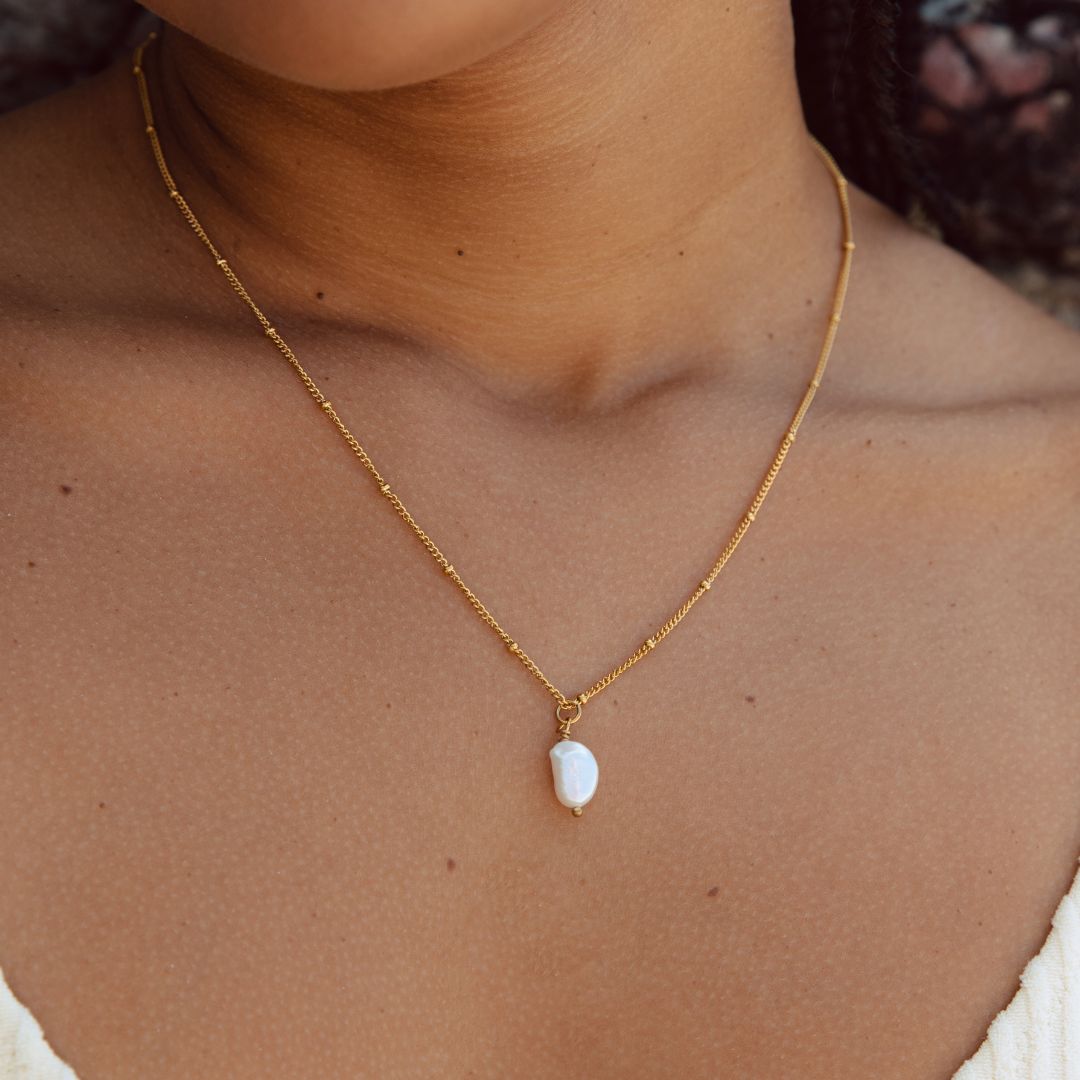

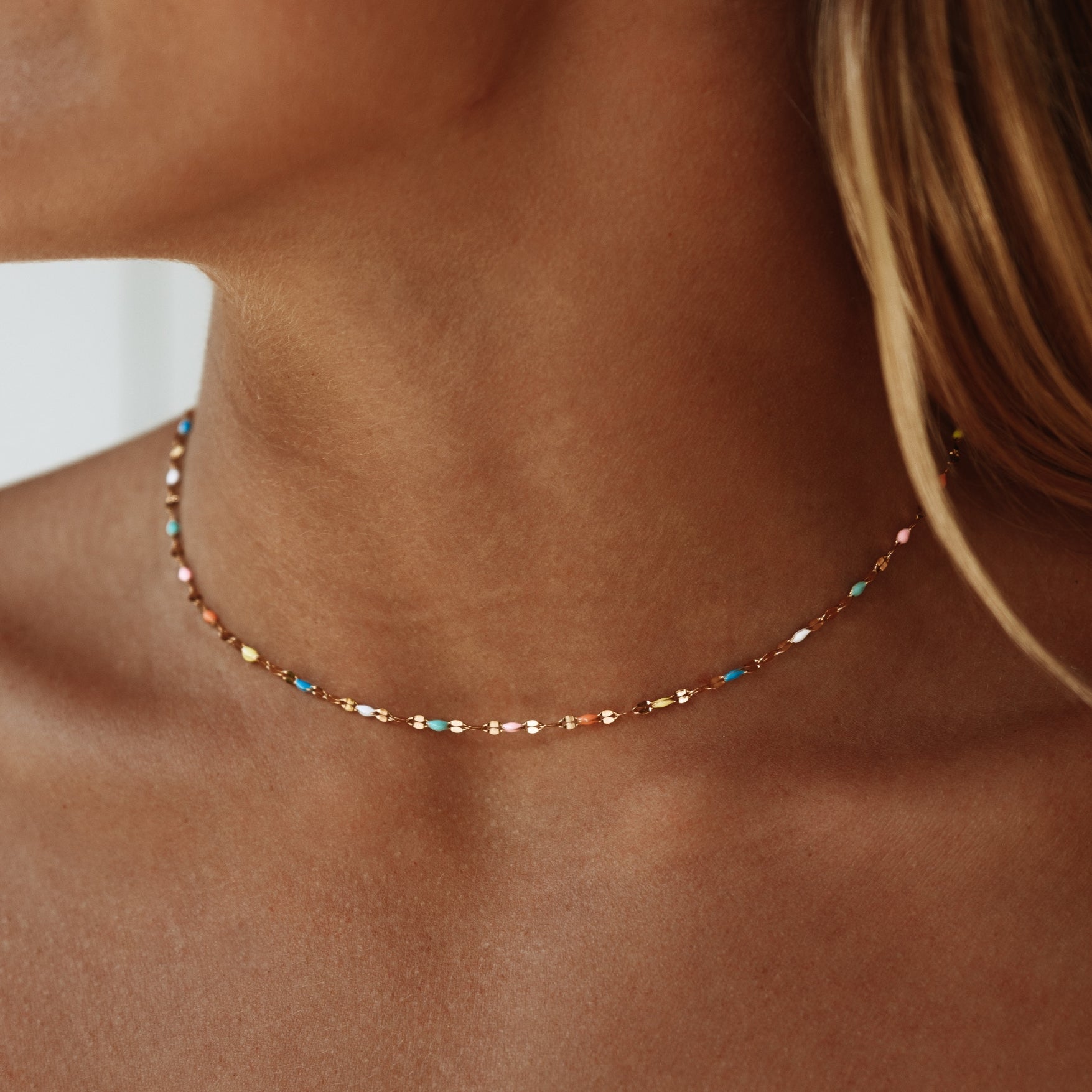


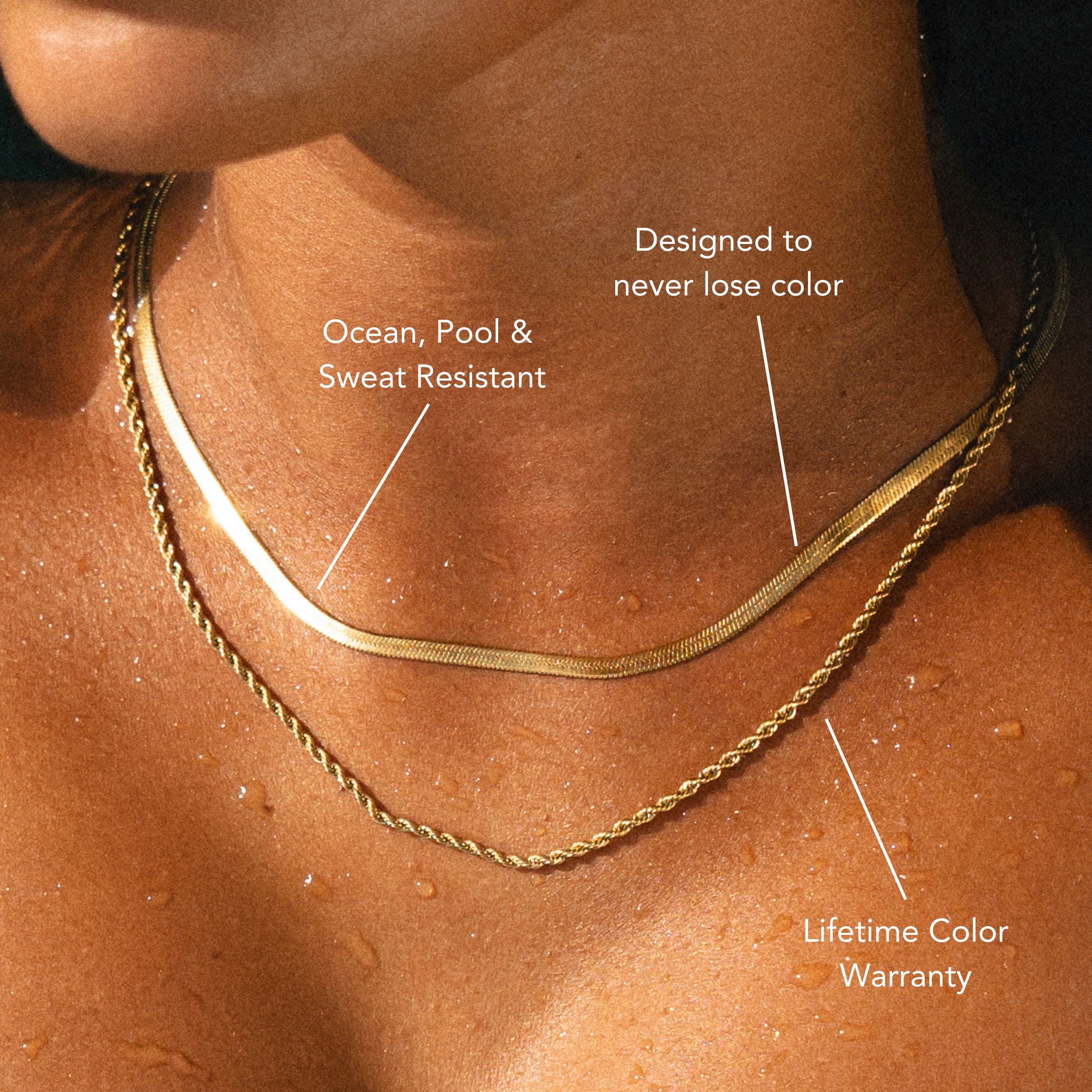
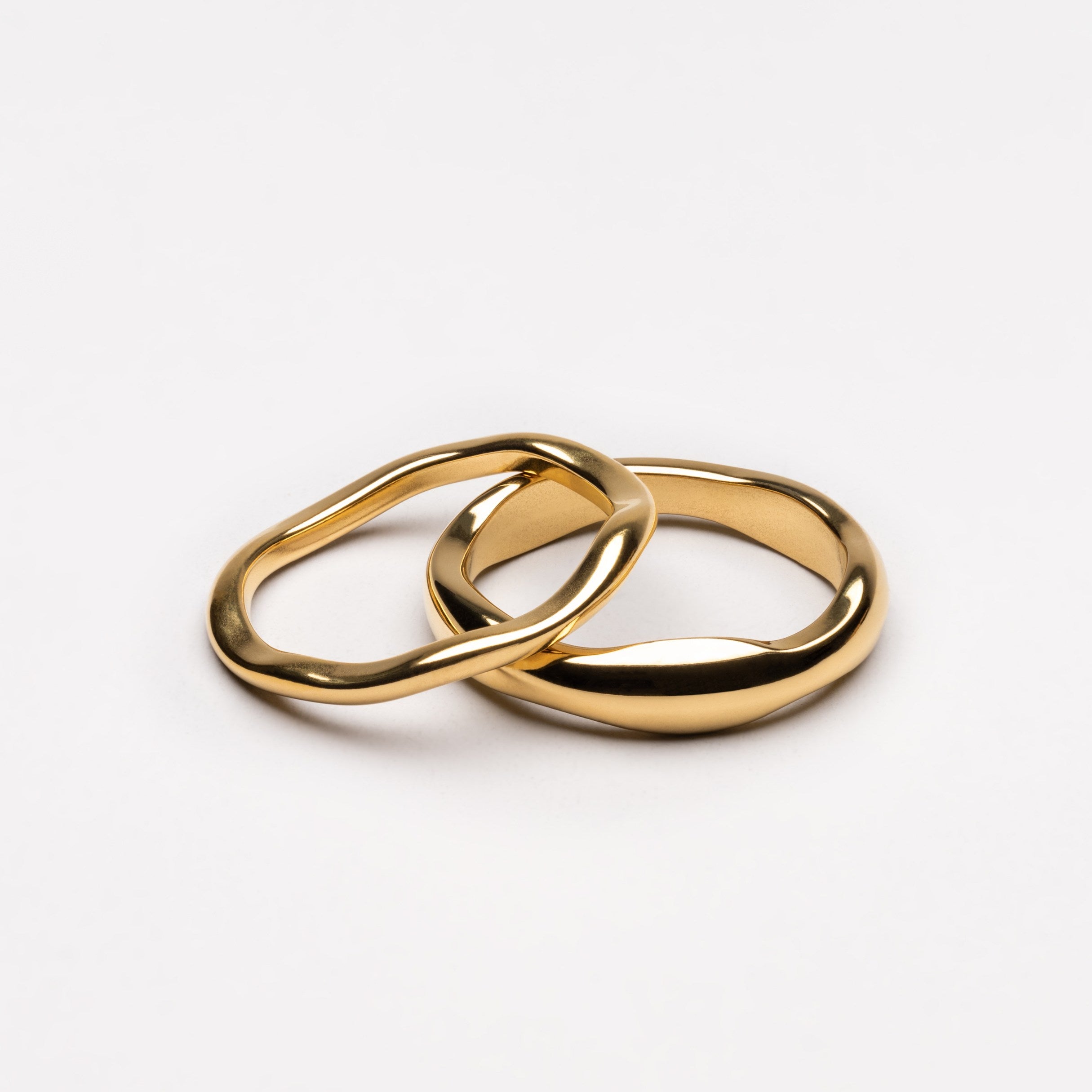


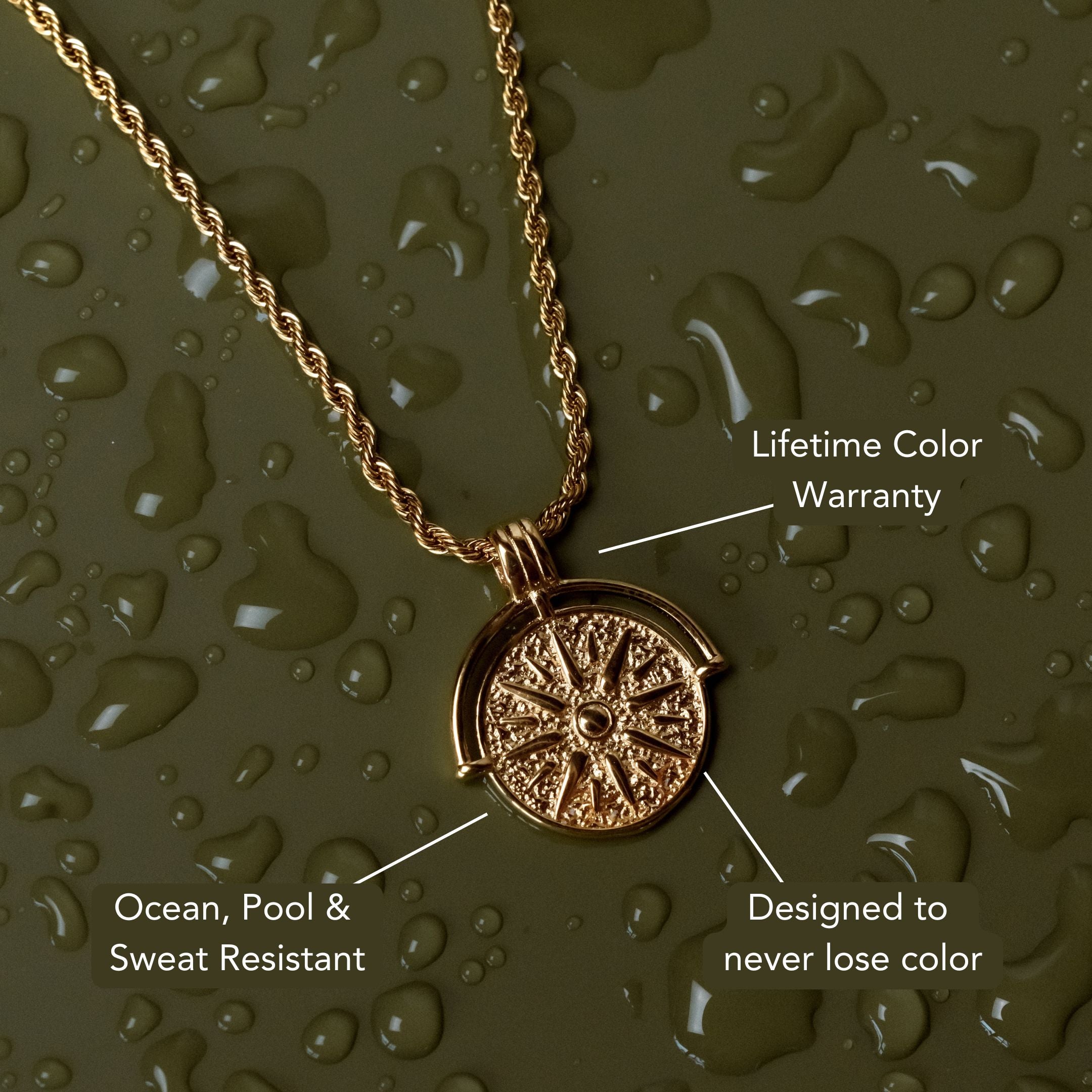






コメントを書く
このサイトはhCaptchaによって保護されており、hCaptchaプライバシーポリシーおよび利用規約が適用されます。